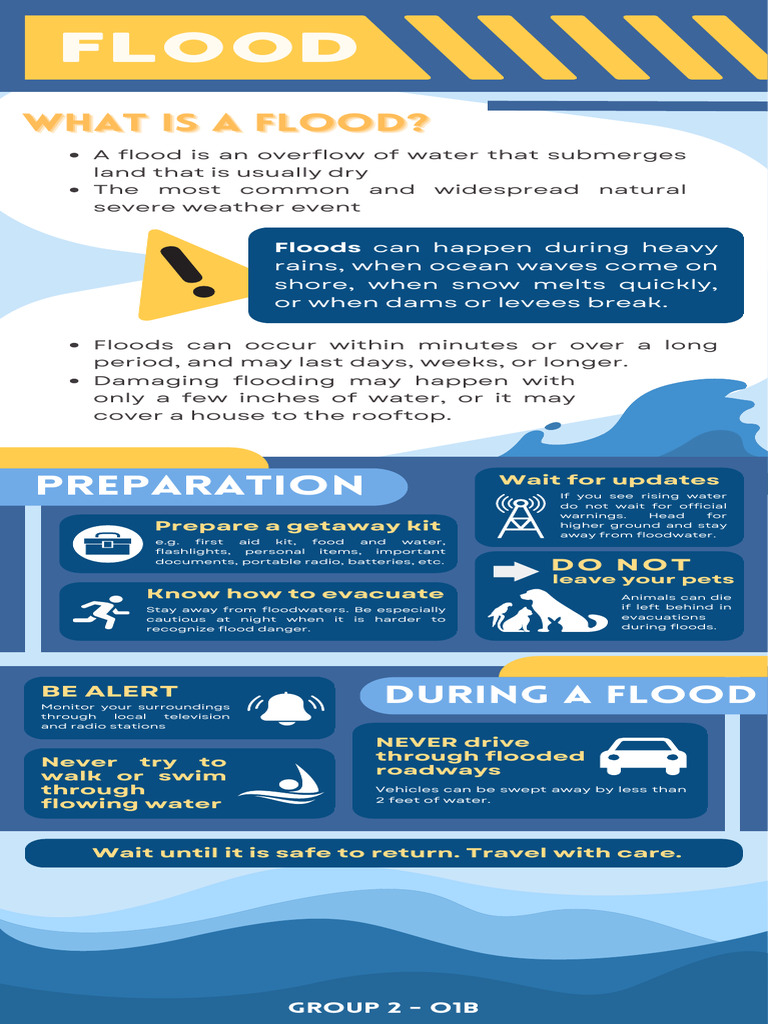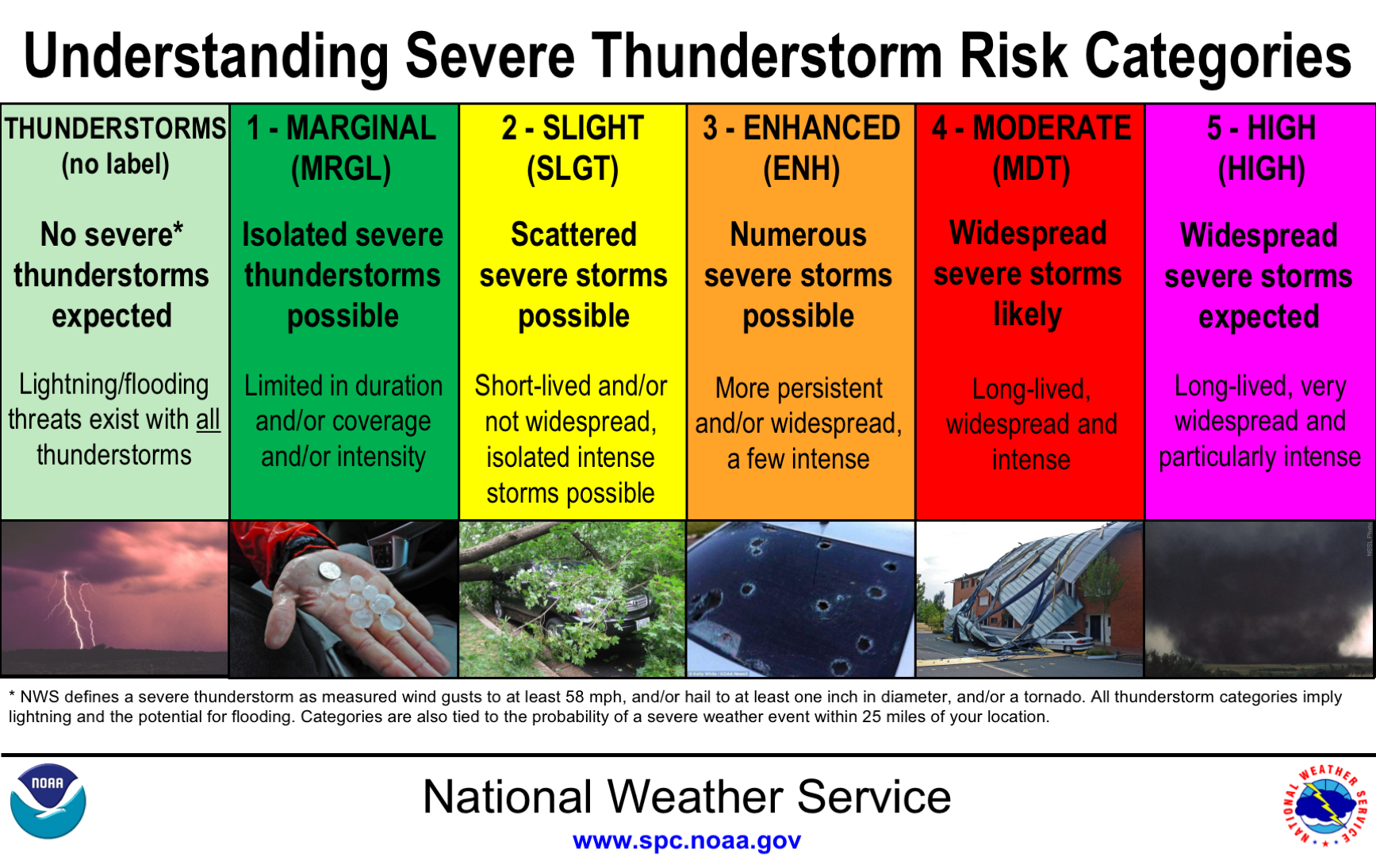Are You Prepared For A Flash Flood Emergency? A Checklist And Guide

Table of Contents
Understanding Flash Flood Risks
Flash floods are a rapid and often unexpected rise in water levels, typically caused by intense, localized rainfall over a short period. Their defining characteristics are their speed and unpredictability, making them incredibly dangerous. Unlike slower-developing river floods, flash floods can surge with little to no warning, leaving people with minimal time to escape.
High-risk areas are typically found near rivers, creeks, canyons, and mountainous regions where water runoff can accumulate quickly. Areas with poor drainage systems or those experiencing recent wildfires are also at increased risk. Factors contributing to flash flood risk include intense rainfall, dam or levee failures, and sudden snowmelt.
- Know your local flood risk. Check the FEMA flood maps for your area to assess your risk level: [link to FEMA flood map website].
- Understand the warning signs. Rapidly rising water levels, strong and fast-moving currents, and unusual water sounds are all warning signs of an impending flash flood.
- Recognize the difference between a flood warning and a flood watch. A flood watch means conditions are favorable for flooding; a flood warning means flooding is occurring or is imminent. Heed flood warnings immediately.
Creating a Flash Flood Emergency Plan
Having a comprehensive flash flood emergency plan is vital for survival. This plan should include a detailed family communication strategy, pre-determined evacuation routes, and a designated meeting point outside the flood zone.
A crucial part of your plan is establishing a way to communicate with family members during and after the flood. Designating an out-of-state contact person is essential, as local communication networks may be overwhelmed.
- Establish a communication plan: Designate an out-of-state contact person to serve as a central point for family communication.
- Identify multiple evacuation routes: Plan several escape routes to higher ground, considering potential road closures.
- Pack an emergency kit: Prepare a kit with essential supplies (see next section).
- Practice your evacuation plan: Conduct regular drills to ensure everyone knows what to do in a flash flood emergency.
Building a Flash Flood Emergency Kit
A well-stocked emergency kit is your lifeline during a flash flood emergency. Store it in an easily accessible location, ideally on an upper floor or in a waterproof container.
- Water: At least one gallon per person per day for several days.
- Non-perishable food supplies: Canned goods, energy bars, etc.
- First-aid kit and medications: Include any necessary prescription medications.
- Important documents: Copies of identification, insurance policies, and other vital documents in a waterproof bag.
- Flashlight, radio, and extra batteries: Essential for communication and navigation in the dark.
- Whistle: To signal for help if needed.
- Other essentials: Cash, maps, blankets, change of clothes, waterproof matches, sanitation supplies.
Responding to a Flash Flood Warning
Receiving a flash flood warning requires immediate action. Do not delay; your life depends on rapid response. Remember the phrase "Turn around, don't drown."
- Move to higher ground immediately. Evacuate your home and seek refuge on higher ground.
- Avoid driving through flooded areas. Even a few inches of water can sweep a vehicle away.
- Turn around, don't drown. Never attempt to drive or walk through floodwaters.
- Stay informed through weather alerts: Monitor weather reports and emergency broadcasts.
- Seek shelter if caught in a flash flood: If you're caught in a flash flood, seek shelter on higher ground and wait for the waters to recede.
Post-Flash Flood Actions
Once the immediate danger has passed, exercise caution when returning home. Floodwaters can carry dangerous debris and contaminants.
- Check for structural damage: Inspect your home for damage before entering.
- Avoid contact with floodwater. Floodwater is often contaminated and can cause illness.
- Report damages to authorities: Contact local emergency services to report any damages.
- Contact your insurance company: Begin the process of filing an insurance claim.
- Follow official guidelines for cleanup: Follow guidelines from local authorities regarding safe cleanup procedures.
Conclusion
Planning, preparation, and prompt response are crucial for surviving a flash flood emergency. A well-prepared individual or family is significantly more likely to survive and minimize losses during a flash flood. Don't wait for a flash flood emergency to strike! Use this checklist and guide to build your plan and protect yourself and your loved ones. For further information and resources, visit the Federal Emergency Management Agency (FEMA) website: [link to FEMA website].

Featured Posts
-
 Alqbd Ela Ashhr Mjrm Harb Fy Frnsa Bthmt Qtl Eaylth Wdfnhm
May 26, 2025
Alqbd Ela Ashhr Mjrm Harb Fy Frnsa Bthmt Qtl Eaylth Wdfnhm
May 26, 2025 -
 Latest Weather Report Flash Flood Warnings And April 2 Tornado Count Update April 4 2025
May 26, 2025
Latest Weather Report Flash Flood Warnings And April 2 Tornado Count Update April 4 2025
May 26, 2025 -
 Former Israeli Soldiers Advocate For Gaza Prisoner Release
May 26, 2025
Former Israeli Soldiers Advocate For Gaza Prisoner Release
May 26, 2025 -
 Dispelling The Myth Safety At A Beloved Southern Vacation Destination
May 26, 2025
Dispelling The Myth Safety At A Beloved Southern Vacation Destination
May 26, 2025 -
 Wta Italian Open Chinese Tennis Ace Advances
May 26, 2025
Wta Italian Open Chinese Tennis Ace Advances
May 26, 2025
